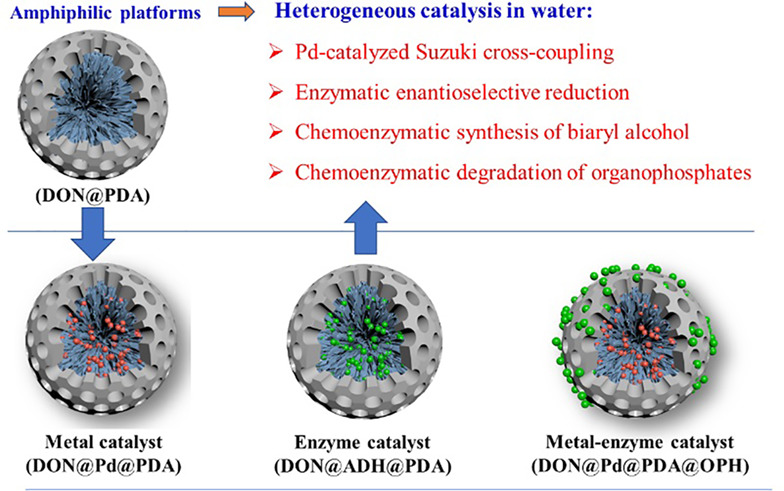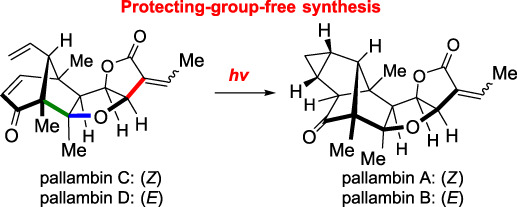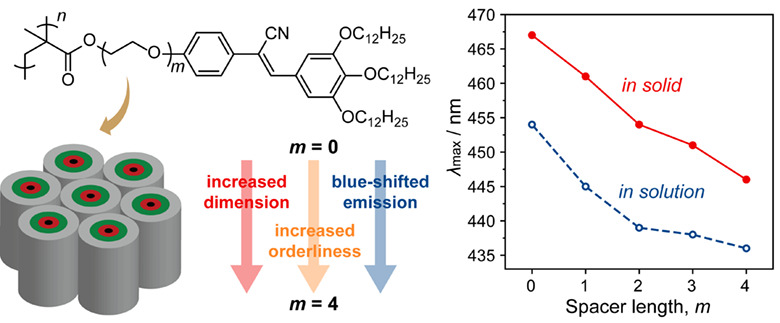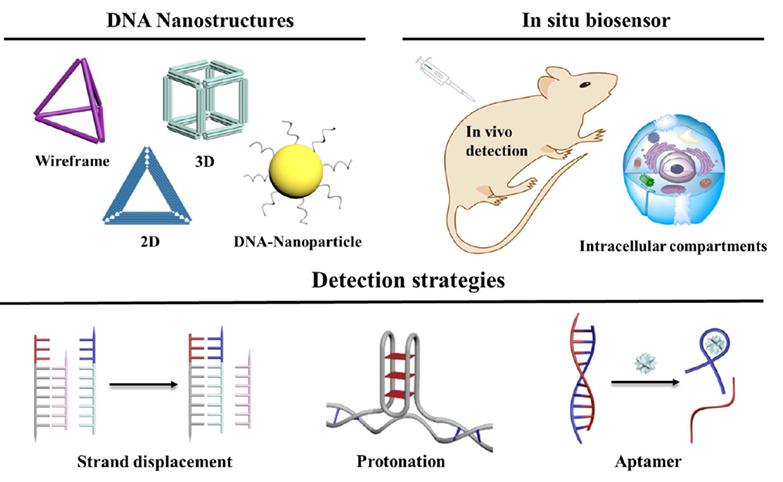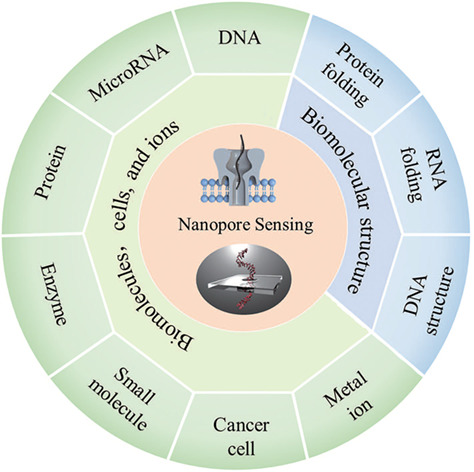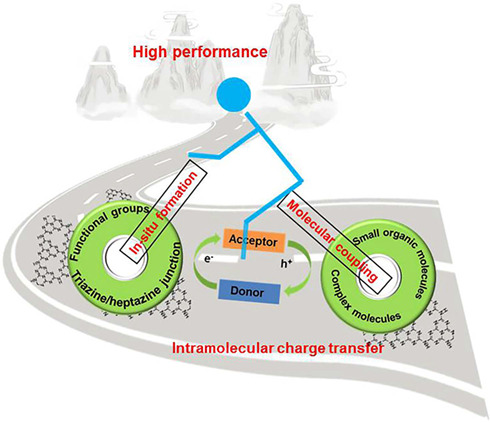Journal list menu
Export Citations
Download PDFs
Cover Picture
Cover Picture
- Page: 1757
- First Published: 18 June 2021
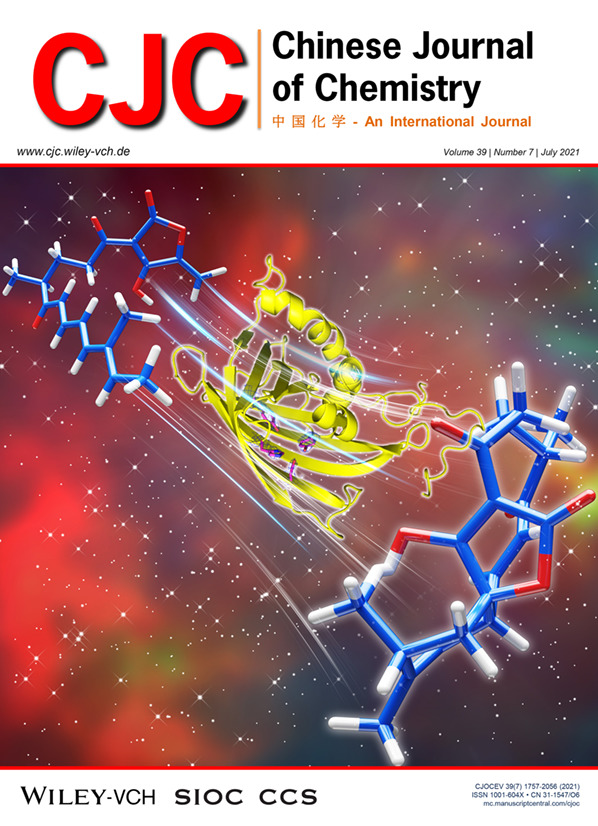
The cover picture shows the enzymatic synthesis of a diastereomer of abyssomicin derivative using the Diels–Alderase, AbyU, which catalyzes stereoselective intramolecular Diels–Alderase-cycloaddition to form the spirotetronate moiety with a 15S configuration during abyssomicin C biosynthesis. AbyU is shown to convert the native substrate of another Diels-Alderase, AbmU; to a new abyssomicin derivative with a 15R configuration, which is the enantiomeric counterpart to the native AbmU-catalysed product. More details are discussed in the article by Ju et al. on page 1871—1877.
Inside Cover Picture
Inside Cover Picture
- Page: 1758
- First Published: 18 June 2021
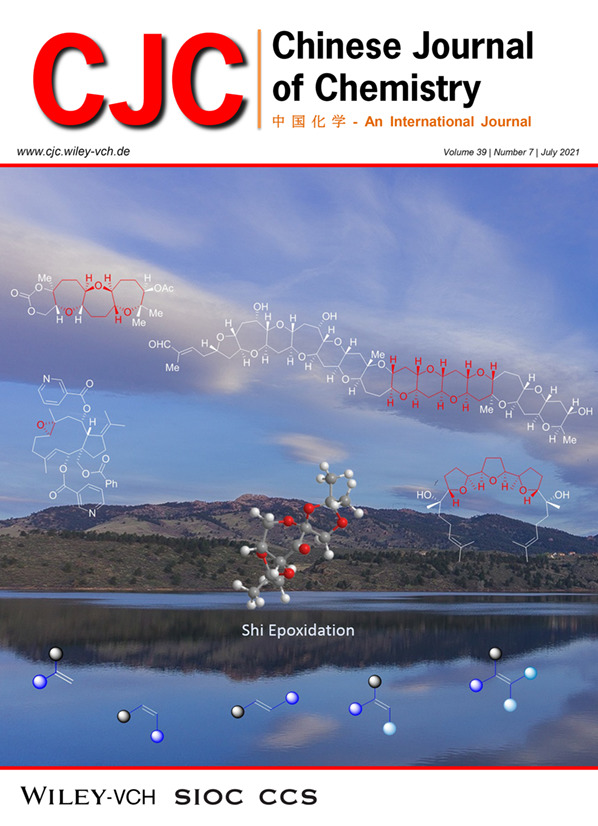
Shi epoxidation is an extremely powerful tool to access optically active epoxides. Several generations of chiral ketones have been developed to realize the asymmetric epoxidation of trans-, trisubstituted olefins, cis-olefins, terminal olefins, and tetrasubstituted olefins. Due to its reliability and high regio- and enantioselectivity, Shi epoxidation has been widely applied in the synthesis of complex natural products and biologically active molecules. More details are discussed in the article by Du et al. on page 2016—2026.
Contents
Chemistry Author Up Close
New Amines and Activation Modes in Asymmetric Aminocatalysis
- Pages: 1775-1786
- First Published: 09 February 2021

Asymmetric aminocatalysis has become one of the most powerful strategies for the transformations of carbonyl substances over the past two decades. Here, we describe the research from our laboratory that significantly expands the horizon of aminocatalysis. It includes the development and application of cinchona-based primary amines, fruitful reactions based on HOMO-raising strategy, and the disclosure of amine/thiol double activation catalysis.
Chiral Phosphoric Acid Catalyzed Asymmetric Synthesis of Axially Chiral Compounds†
- Pages: 1787-1796
- First Published: 22 February 2021
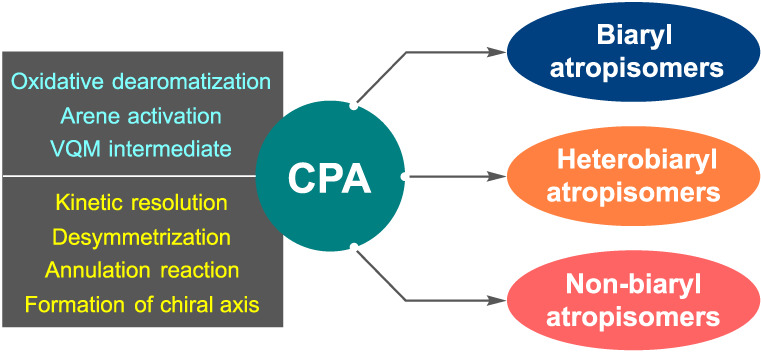
The well-defined conformational properties of axially chiral compounds bring extraordinary values to an assortment of bioactive molecules, advanced materials, organocatalysts as well as chiral ligands in asymmetric transformations. The demonstrated usefulness and untapped potential of axially chiral structural motifs stimulate increasing efforts to develop novel and efficient approaches for their preparation. In this regard, the chiral phosphoric acids broadly used in asymmetric Brønsted acid catalysis have shown high relevance for atroposelective synthesis as well. Our strong interest in reaction chemistry of atropisomers has established a rewarding research programme in our group. The course of studies will be recounted in this account, with discussion focused on the use of chiral phosphoric acids to catalyze construction of several key axially chiral structures such as BINAM, BINOL, NOBIN, arylquinones, SPINOL, arylpyrrole analogues and axially chiral alkenes.
Fullerene Mechanochemistry: Serendipitous Discovery of Dumb-Bell-Shaped C120 and Beyond
- Pages: 1797-1803
- First Published: 13 March 2021
Concise Reports
Single Particle-Based Confocal Laser Scanning Microscopy for Visual Detection of Copper Ions in Confined Space†
- Pages: 1804-1810
- First Published: 14 March 2021
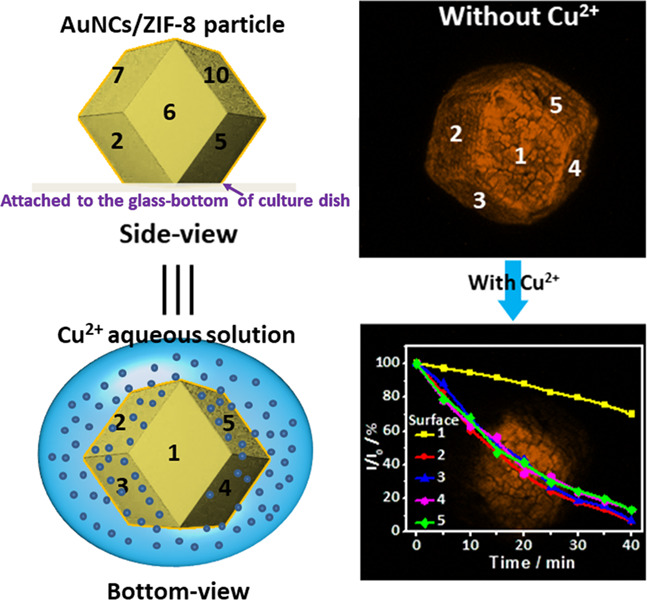
A single particle-based confocal laser scanning microscopy was developed for the visual detection of copper ions in confined space by using fluorescence microparticle, AuNCs/ZIF-8, which was synthesized by coating gold nanoclusters (AuNCs) onto the outer surface of zeolitic imidazolate framework-8 (ZIF-8). The synthesized AuNCs/ZIF-8 exhibits turn-off responses for Cu2+ via fluorescence quenching in the range of 2—15 μmol·L–1 with a detection limit of 0.9 μmol·L–1. Different distribution of AuNCs on the different surfaces of single ZIF-8 crystal and similar fluorescence quenching dynamics on the different surfaces of single AuNCs/ZIF-8 were obtained.
Understanding the Electronic Structure and Stability of BnXn0/2– (n = 4, 6; X = H, F, Cl, Br, I, At, Ts) Clusters†
- Pages: 1811-1818
- First Published: 21 March 2021
Polymerization-Induced Self-Assembly for the Preparation of Poly(N,N-dimethylacrylamide)-b-Poly(4-tert-butoxystyrene-co-pentafluorostyrene) Particles with Inverse Bicontinuous Phases†
- Pages: 1819-1824
- First Published: 24 May 2021
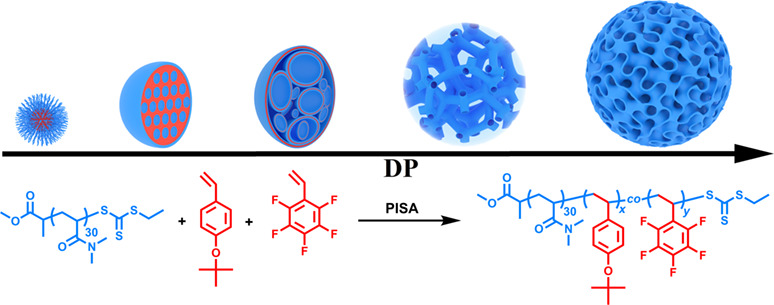
Poly(N,N-dimethylacrylamide-b-poly(4-tert-butoxystyrene-co-pentafluorostyrene) particles with inverse bicontinuous phases were prepared via polymerization-induced self-assembly (PISA). The effect of solvent composition and the degrees of polymerization of the core-forming and the stabilizer block was investigated.
Photoinduced NaI-Promoted Radical Borylation of Alkyl Halides and Pseudohalides
- Pages: 1825-1830
- First Published: 13 March 2021
Electrochemical Selective Oxidative Synthesis of Diversified Sulfur Heterocycles from β-Ketothioamides
- Pages: 1831-1837
- First Published: 24 March 2021

A general and practical protocol for the construction of diversified sulfur heterocycles has been described through organic electrosynthesis means. In undivided cell, dihydrothiophenes, thiazolines and 1,4-dithiines could be easily generated from various available β-ketothioamides under metal-free and external oxidant-free conditions. The transformation underwent smoothly under mild conditions and could be easily scaled-up. Moreover, different sulfur heterocycles were generated through varying solvent and DABCO could enable the HAT process of this transformation.
Uncommon Bis-quinolizidine Alkaloids from the Hainan Sponge Neopetrosia chaliniformis
- Pages: 1838-1842
- First Published: 13 March 2021
Combining Metabolic Alkyne Labeling and Click Chemistry for Secretome Analysis of Serum-Containing Conditioned Medium†
- Pages: 1843-1848
- First Published: 05 March 2021
Ni2P Nanosheets: A High Catalytic Activity Platform for Electrochemical Detection of Acetaminophen
- Pages: 1849-1854
- First Published: 13 March 2021
Lewis Acid Enables Ketone Phosphorylation: Synthesis of Alkenyl Phosphonates
- Pages: 1855-1860
- First Published: 01 March 2021
Preparation of Peptide Selenoesters from Their Corresponding Acyl Hydrazides†
- Pages: 1861-1866
- First Published: 28 February 2021
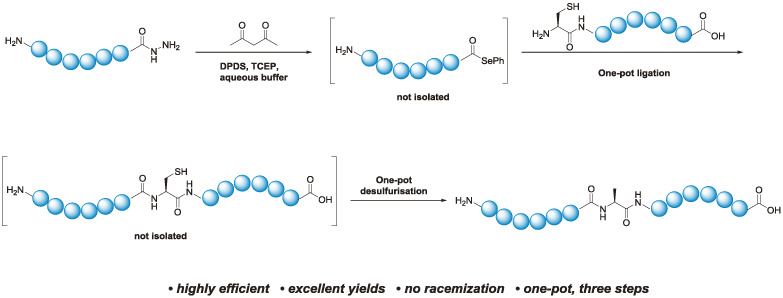
Fully-deprotected peptide acyl hydrazides can be converted into their corresponding selenoesters upon treatment with acetylacetone, tris(2-carboxyethyl)phosphine and diphenyldiselenide in aqueous buffer. This reaction enabled one-pot selenoesterification, ligation and desulfurization in the synthesis of protein targets.
Ionic Liquids-Assisted Highly Luminescent Copper Nanoclusters with Triangle Supramolecular Nanostructures
- Pages: 1867-1870
- First Published: 08 March 2021
Enzymatic Synthesis of a Diastereomer of Neoabyssomicin Derivative Using the Diels-Alderase AbyU
- Pages: 1871-1877
- First Published: 09 March 2021
Double-Coated Fe2N@TiO2@C Yolk-Shell Submicrocubes as an Advanced Anode for Potassium-Ion Batteries†
- Pages: 1878-1884
- First Published: 08 March 2021

Double-shelled Fe2N@TiO2@C submicrocubes with porous Fe2N yolk are successfully fabricated by a multistep templating method. Benefiting from the structural and compositional merits, the as-obtained Fe2N@TiO2@C yolk-shell submicrocubes deliver high specific capacity, long-term cyclability, and remarkable rate property.
Ammonium Ion and Structural Water Co-Assisted Zn2+ Intercalation/De-Intercalation in NH4V4O10∙0.28H2O†
- Pages: 1885-1890
- First Published: 02 March 2021
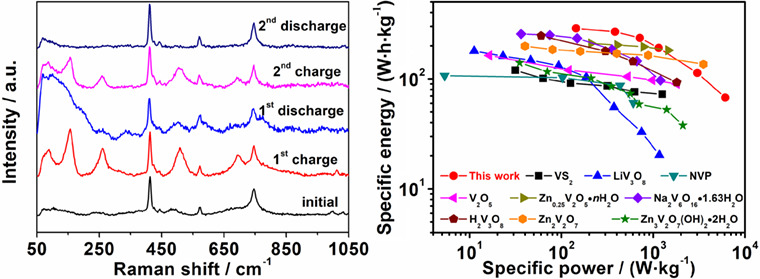
As zinc ion battery cathode material, the NH4V4O10·0.28H2O microflowers deliver a high discharge capacity (410 mA·h·g–1 at 0.2 A·g–1) and an ideal rate performance, which is significantly better than most vanadium-based materials. The ex-situ and in-situ characterizations demonstrate the impressive electrochemical performance, which can be attributed to the ammonium ion and structural water co-assisted Zn2+ intercalation/de-intercalation.
Clerodenoids A—F: C-ring Aromatized and/or Rearranged Abietane Diterpenoids from Clerodendrum chinense var. simplex
- Pages: 1891-1897
- First Published: 25 February 2021
Bioinspired Activation of N2 on Asymmetrical Coordinated Fe Grafted 1T MoS2 at Room Temperature†
- Pages: 1898-1904
- First Published: 11 March 2021
Divergent Syntheses of Pyridoacridine Alkaloids via Palladium-Catalyzed Reductive Cyclization with Nitro-Biarenes
- Pages: 1905-1910
- First Published: 29 March 2021

A divergent and efficient method for preparing pyrido[2,3,4-kl]acridine and pyrido[4,3,2-kl]acridine alkaloid is reported. This method featured a novel remote palladium-catalyzed reductive cyclization with Mo(CO)6 as reductant by nitro biarenes, and a wide scope of substrates were tolerated and total 34 analogues containing the two types of polycyclic heteroaromatic skeleton were prepared. Furthermore, the potential synthetic application of this method was demonstrated by the accomplishment of synthesis of norsegoline, styelsamine C and the necatorone skeleton.
Rhodium(I)-Catalyzed Enantioselective C(sp3)—H Functionalization via Carbene-Induced Asymmetric Intermolecular C—H Insertion†
- Pages: 1911-1915
- First Published: 28 February 2021

A room temperature highly enantioselective rhodium(I)-catalyzed C(sp3)—H functionalization of 1,4-cyclohexadienes with α-aryl-α-diazoacetates was accomplished by means of carbene-induced C—H insertion process using a chiral bicyclo[2.2.2]-octadiene as ligand. The reaction allows access to a broad range of C—H insertion products in good yields with good to excellent enantioselectivities (up to 99% ee). By employing this protocol, a diverse variety of gem-diaryl-containing highly enantiomerically enriched acetates can be easily obtained.
Asymmetric Synthesis of Chiral 1,3-Disubstituted Allylsilanes via Copper(I)-Catalyzed 1,4-Conjugate Silylation of α,β-Unsaturated Sulfones and Subsequent Julia-Kocienski Olefination
- Pages: 1916-1922
- First Published: 19 March 2021
Mechanistic Study of Oxidoreductase AprQ Involved in Biosynthesis of Aminoglycoside Antibiotic Apramycin
- Pages: 1923-1926
- First Published: 20 March 2021
From Polymerization Inhibition to Controlled Ring-Opening Metathesis Polymerization of Macromonomers with Tertiary Amine Groups: The Effect of Spacer Chain†
- Pages: 1927-1935
- First Published: 26 March 2021

When the NB-PDMAEMA macromonomer with high density of tertiary amine groups undergoes ROMP, the third generation Grubbs catalyst is inactive due to the coordination of the tertiary amine groups with the ruthenium metal center, the polymerization is thus inhibited. Our work is to insert proper length non-coordinating spacer chain between the norbornenyl groups and the PDMAEMA chains, which changes the local environment of the ruthenium center to non-coordinating, the ROMP of the NB-PS-b-PDMAEMA is controlled.
An Envelope Algorithm for Single Nanoparticle Collision Electrochemistry†
- Pages: 1936-1940
- First Published: 04 March 2021
Tuning Aggregation Behavior of Polymer Donor via Molecular-Weight Control for Achieving 17.1% Efficiency Inverted Polymer Solar Cells
- Pages: 1941-1947
- First Published: 31 March 2021
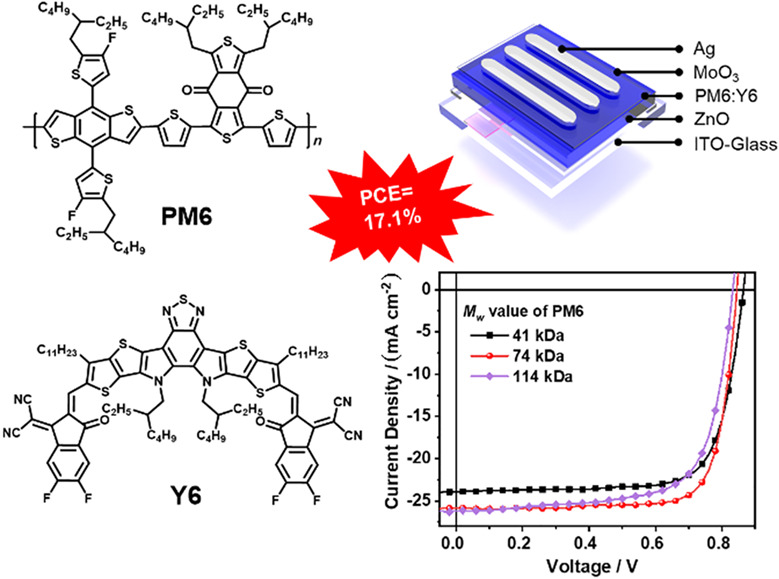
The aggregation behavior of polymer donor has profound impact on the blend film morphology and final device performance. In this work, the aggregation behavior of polymer donor was tuned by molecular weight control to form favorable three-phase system morphology. Consequently, the optimal device achieved a splendid PCE of 17.1% and FF of 78.2%.
Synthesis of Phenanthridine and Quinoxaline Derivatives via Copper-Catalyzed Radical Cyanoalkylation of Cyclobutanone Oxime Esters and Vinyl Azides
- Pages: 1948-1952
- First Published: 01 April 2021
[As3M(As3Pb3)]3− (M = Nb, Ta): Ternary Heterometallic Clusters with Early Transition Metal Atoms and Aromatic [Pb3]2−
- Pages: 1953-1957
- First Published: 26 March 2021
Comprehensive Reports
One Stone Two Birds—Enantioselective Bimetallic Catalysis for α-Amino Acid Derivatives with an Allene Unit
- Pages: 1958-1964
- First Published: 20 March 2021

A highly enantioselective synergistic bimetallic Pd/Cu catalysis with a single chiral ligand affording optically active 2,3-butadienyl α-amino acids derivatives is described. The product can be converted to useful basic chemicals, such as α-amino acid and β-amino alcohol bearing an allenic moiety, and bicyclic skeleton.
Coordination Insertion Mechanism of Ring-Opening Polymerization of Lactide Catalyzed by Stannous Octoate†
- Pages: 1965-1974
- First Published: 28 February 2021
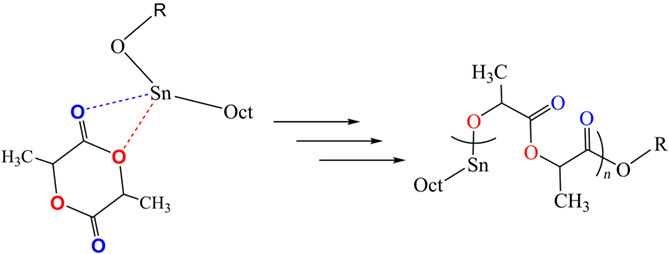
This work employs the density functional theory to deal with eight geometry types of monomer and trigger complex through two pathways of catalysis reaction to proceed the ring-opening polymerization of lactide leading to the identical polymer product. The ring-opening mechanism is revealed, and the whole polymerization process is summarized.
Polydopamine-Encapsulated Dendritic Organosilica Nanoparticles as Amphiphilic Platforms for Highly Efficient Heterogeneous Catalysis in Water
- Pages: 1975-1982
- First Published: 31 March 2021
Protecting-Group-Free Total Synthesis of (–)-Pallambins A—D
- Pages: 1983-1996
- First Published: 20 March 2021
Epoxymicranthols A—N, 5,9-Epoxygrayanane Diterpenoids as Potent Analgesics from Rhododendron micranthum
- Pages: 1997-2008
- First Published: 08 March 2021
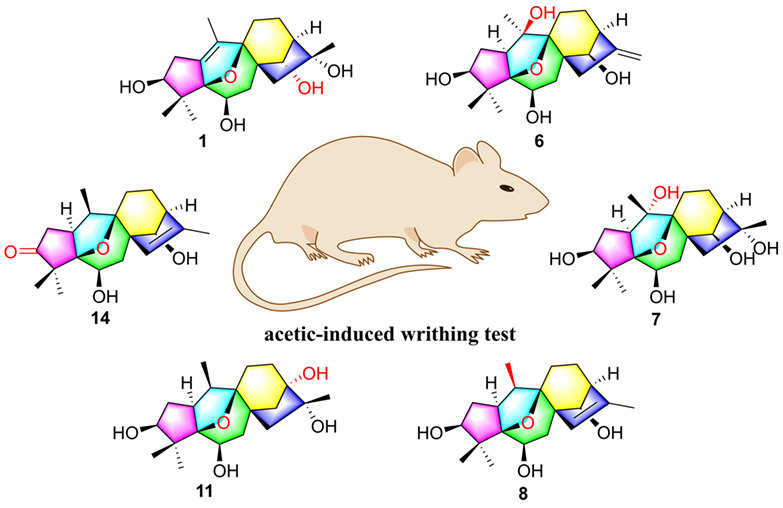
Fifteen 5,9-epoxygrayanane diterpenoids including fourteen new ones were isolated from the leaves of Rhododendron micranthum. Epoxymicranthols A—C (1—3) represent the first examples of 14α-hydroxygrayanane diterpenoids. Epoxymicranthols C—F (3—6) are the first examples of 10β-hydroxy-5,9-epoxygrayanane diterpenoids. All the isolates exhibited significant analgesic activities. A preliminary structure-activity relationship is discussed.
Fluorescent Columnar Liquid-Crystalline Polymers: Synthesis, Mesomorphic Behaviors and Tunable Emission Wavelengths†
- Pages: 2009-2015
- First Published: 04 March 2021
Cornerstones in Chemistry
Shi Epoxidation: A Great Shortcut to Complex Compounds
- Pages: 2016-2026
- First Published: 24 March 2021
Recent Advances
DNA-Based Architectures for in situ Target Biomolecule Analysis in Confined Nano-space†
- Pages: 2027-2034
- First Published: 19 March 2021
Critical Review
In-depth Understanding of the Effects of Intramolecular Charge Transfer on Carbon Nitride Based Photocatalysts†
- Pages: 2044-2053
- First Published: 05 March 2021
Inside Back Cover Picture
Inside Back Cover Picture
- Page: 2055
- First Published: 18 June 2021
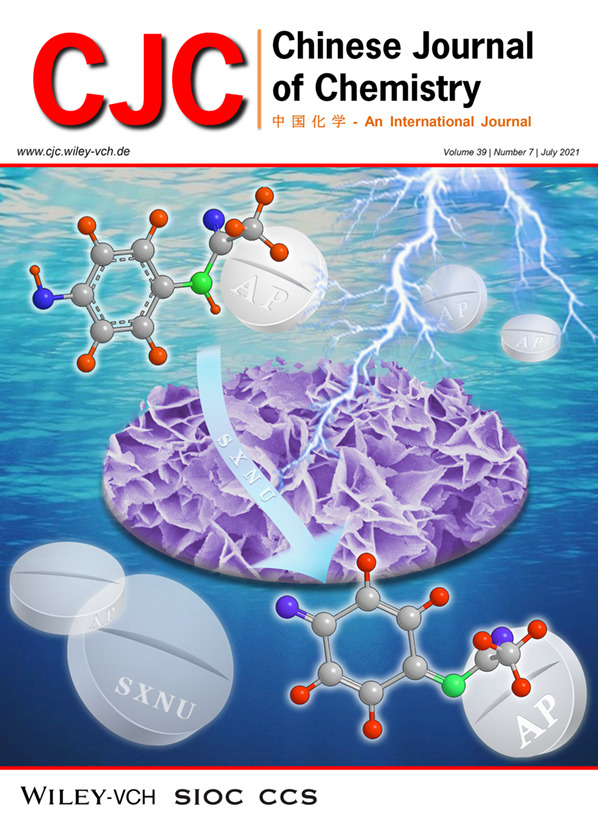
The inside back cover picture shows an electrochemical acetaminophen sensor based on Ni2P nanosheets. It is worth mentioning that the present sensor exhibits a wide linear range of 0.5 μmol/L—4.5 mmol/L, a moderate sensitivity of 131.1 μA·mmol–1·L·cm–2, a low detection limit of 0.107 μmol/L, as well as excellent selectivity, robust stability and reliable repeatability. Comfortingly, the sensor can be employed for quantitative detection of acetaminophen in commercial medical drugs. More details are discussed in the article by Lu et al. on page 1849—1854.
Back Cover Picture
Inside Back Cover Picture
- Page: 2056
- First Published: 18 June 2021
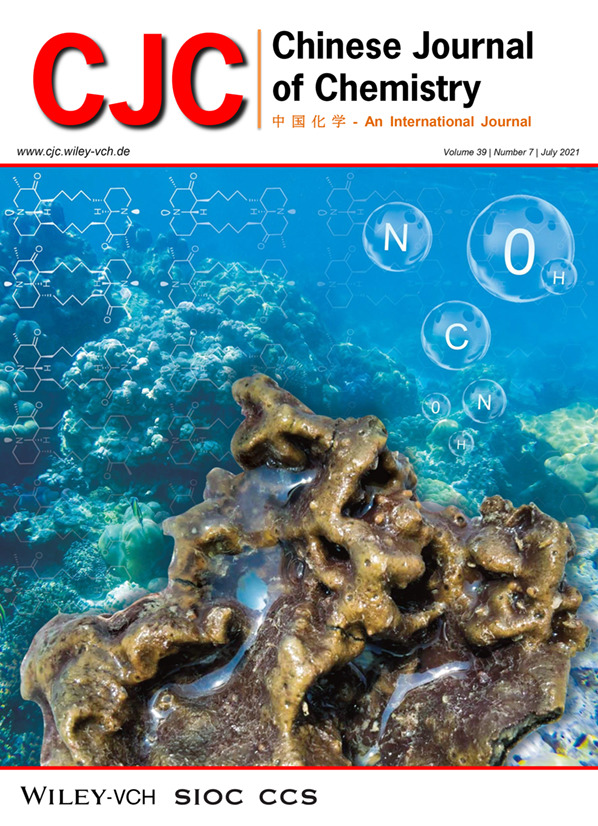
This paper reported the discovery of several uncommon cytotoxic bis-quinolizidine alkaloids from the Hainan sponge Neopetrosia chaliniformis. Their structures were unambiguously determined by extensive spectroscopic and single-crystal X-ray analyses. More details are discussed in the article by Li et al. on page 1838—1842.




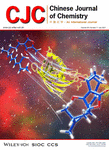

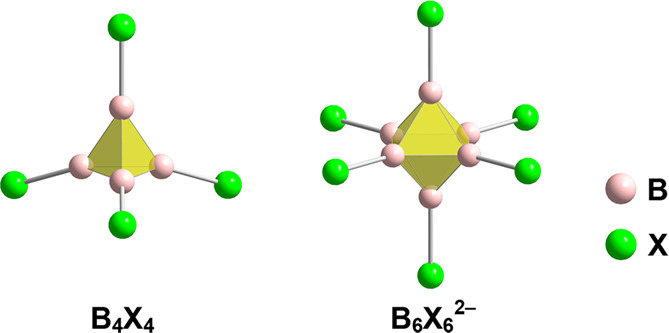

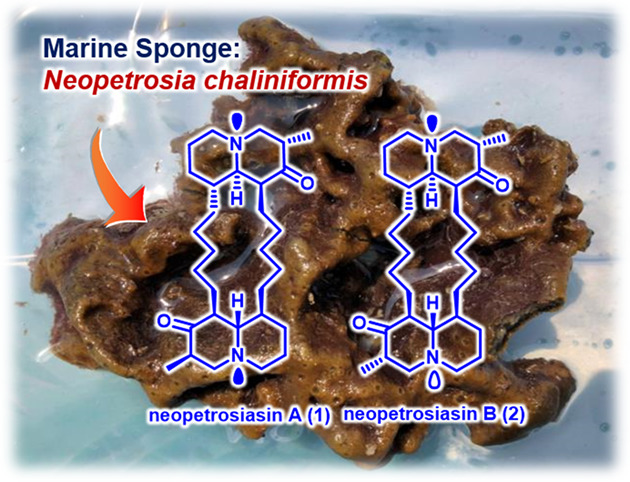
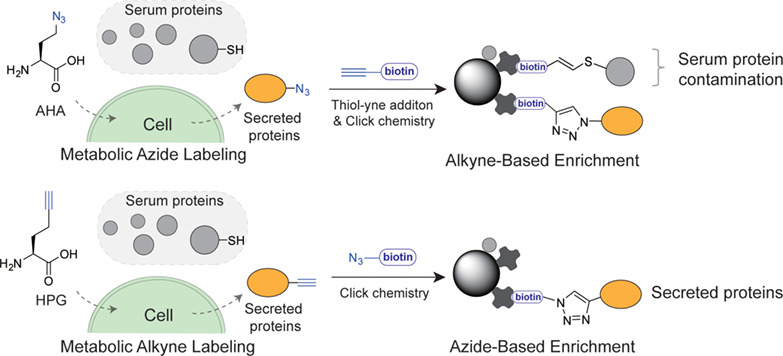
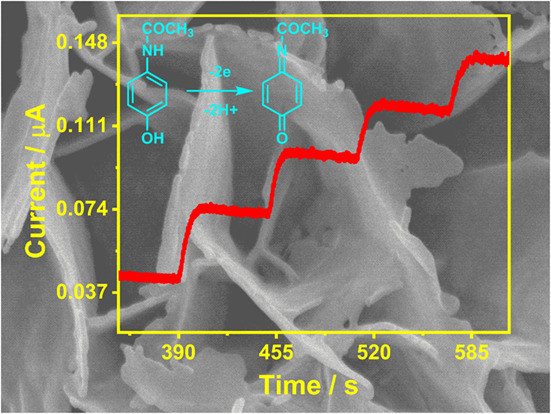

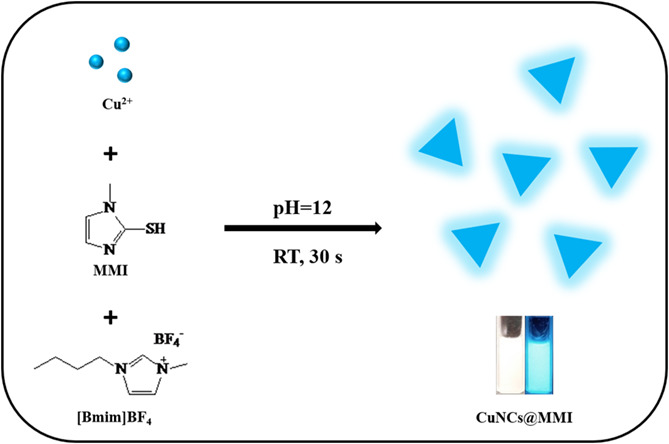
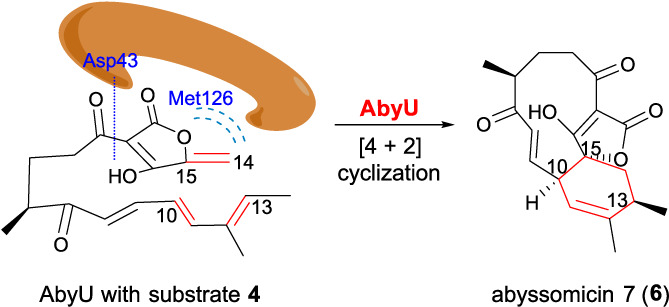
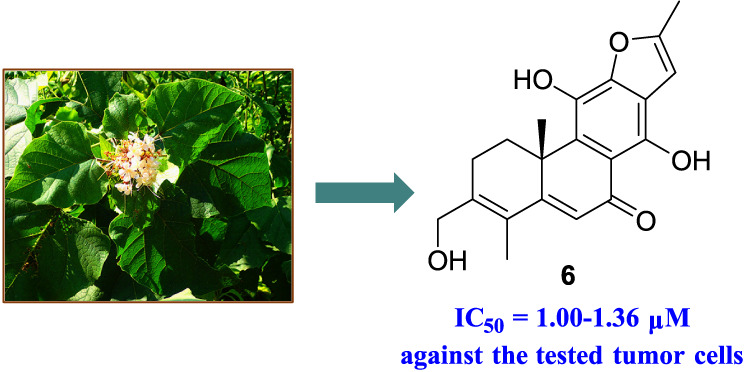
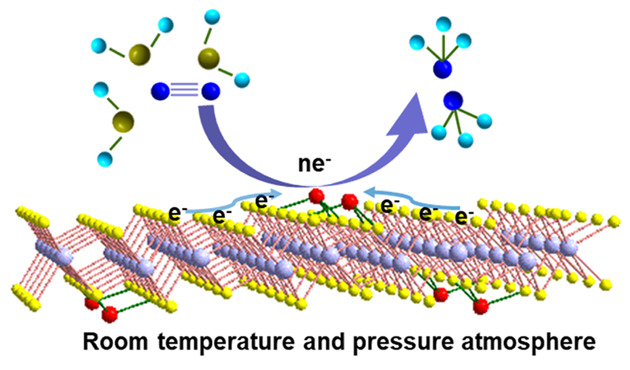

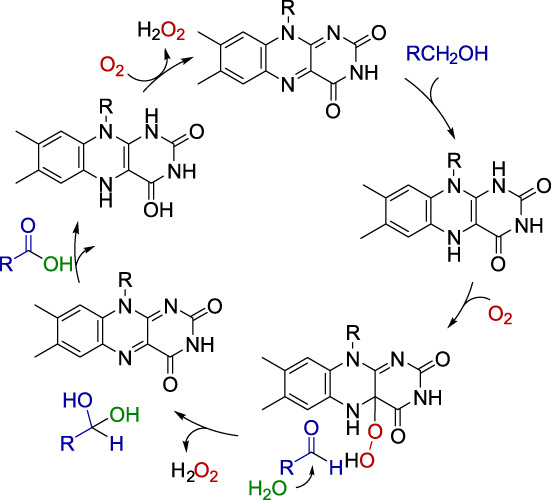
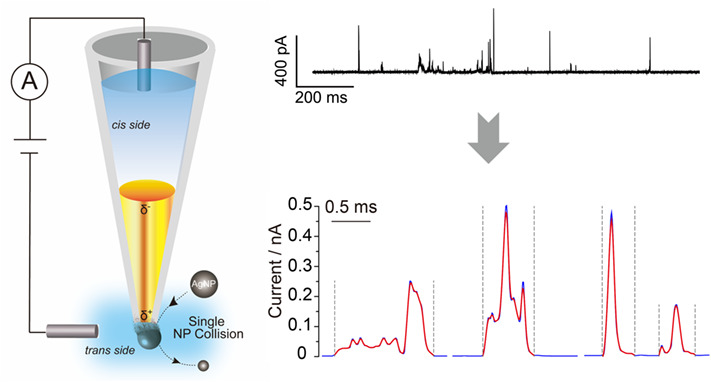
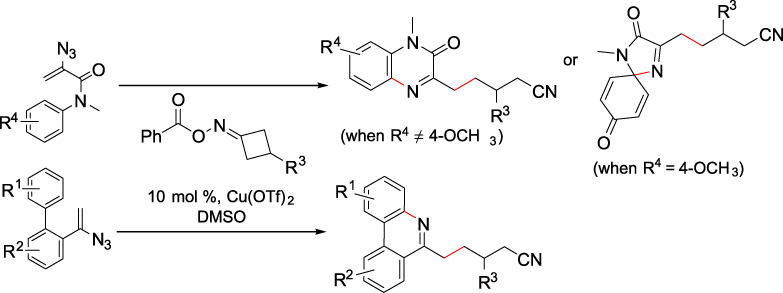
![[As3M(As3Pb3)]3− (M = Nb, Ta): Ternary Heterometallic Clusters with Early Transition Metal Atoms and Aromatic [Pb3]2−](/cms/asset/6face16b-ed73-42b8-ae2f-ae043b200467/cjoc202100161-toc-0001-m.jpg)
